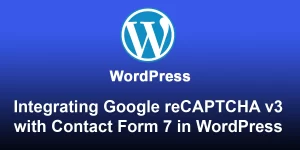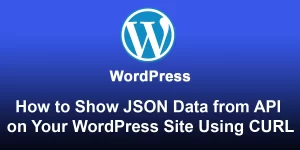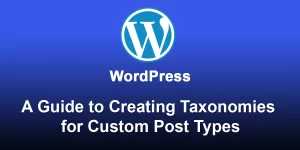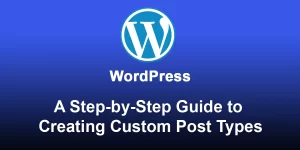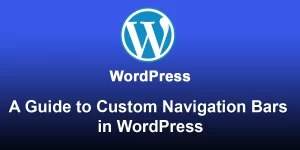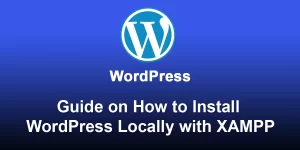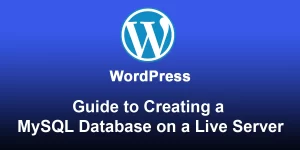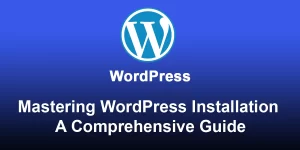Crafting Web Magic A Beginner’s Guide to Creating Pages in WordPress

Creating pages in WordPress is a fundamental step in building a website. This guide will walk you through the process, both in the WordPress dashboard and with the underlying code.
Step 1: Login to Your WordPress Dashboard
- Access Your Admin Panel:
- Go to your WordPress site by adding /wp-admin to your site’s URL (e.g., yoursite.com/wp-admin).
- Log in with your username and password.
Step 2: Navigate to the Pages Section
- Go to “Pages”:
- In the WordPress dashboard, locate the “Pages” option on the left-hand menu.
- Click “Add New”:
- Hover over “Pages” and click on “Add New” to start creating a new page.
Step 3: Add Page Title and Content
- Enter a Page Title:
- In the page editor, enter a title for your page in the designated field.
- Add Page Content:
- Below the title, add your page content. Use the visual editor for easy formatting or switch to the HTML editor for more control.
Step 4: Utilize the Block Editor
- Explore Block Options:
- WordPress uses a block editor. Experiment with various blocks such as paragraphs, headings, images, and more to structure your content.
- Customize Layout with Blocks:
- Arrange content using blocks. Drag and drop them to customize the layout according to your preferences.
Step 5: Set a Featured Image (Optional)
- Choose a Featured Image:
- On the right-hand side, find the “Featured Image” box. Set a featured image that represents your page.
Step 6: Configure Page Settings
- Configure Page Attributes:
- Scroll down to the “Page Attributes” box to set the parent page, template, and order if needed.
- Set Page Template (Optional):
- Some themes offer different page templates. If available, choose a template to modify the page’s appearance.
Step 7: Preview and Save
- Preview Your Page:
- Use the “Preview” button to see how your page will look on the site before publishing.
- Save Draft or Publish:
- Save the page as a draft if not ready to publish. Otherwise, hit “Publish” to make it live.
Step 8: View Your New Page
- Visit Your Site:
- Once published, visit your site to view the newly created page.
Step 9: The Code Behind the Page
Now, let’s understand the underlying code that WordPress generates:
- HTML Structure:
- WordPress generates HTML markup for your page based on the content you’ve added. This includes the page title, content, and any additional elements.
- PHP Functions:
- WordPress uses PHP functions to fetch and display dynamic content. The get_header() and get_footer() functions, for example, include the header and footer templates.
- Theme Integration:
- Your page is integrated into the active WordPress theme. The page.php template file in your theme folder defines how pages are displayed. Customize this file for more advanced layout modifications.
By following these steps and understanding the underlying code, you’ve successfully created a page in WordPress. Feel free to explore further, add additional elements, or experiment with different themes to enhance your website.

